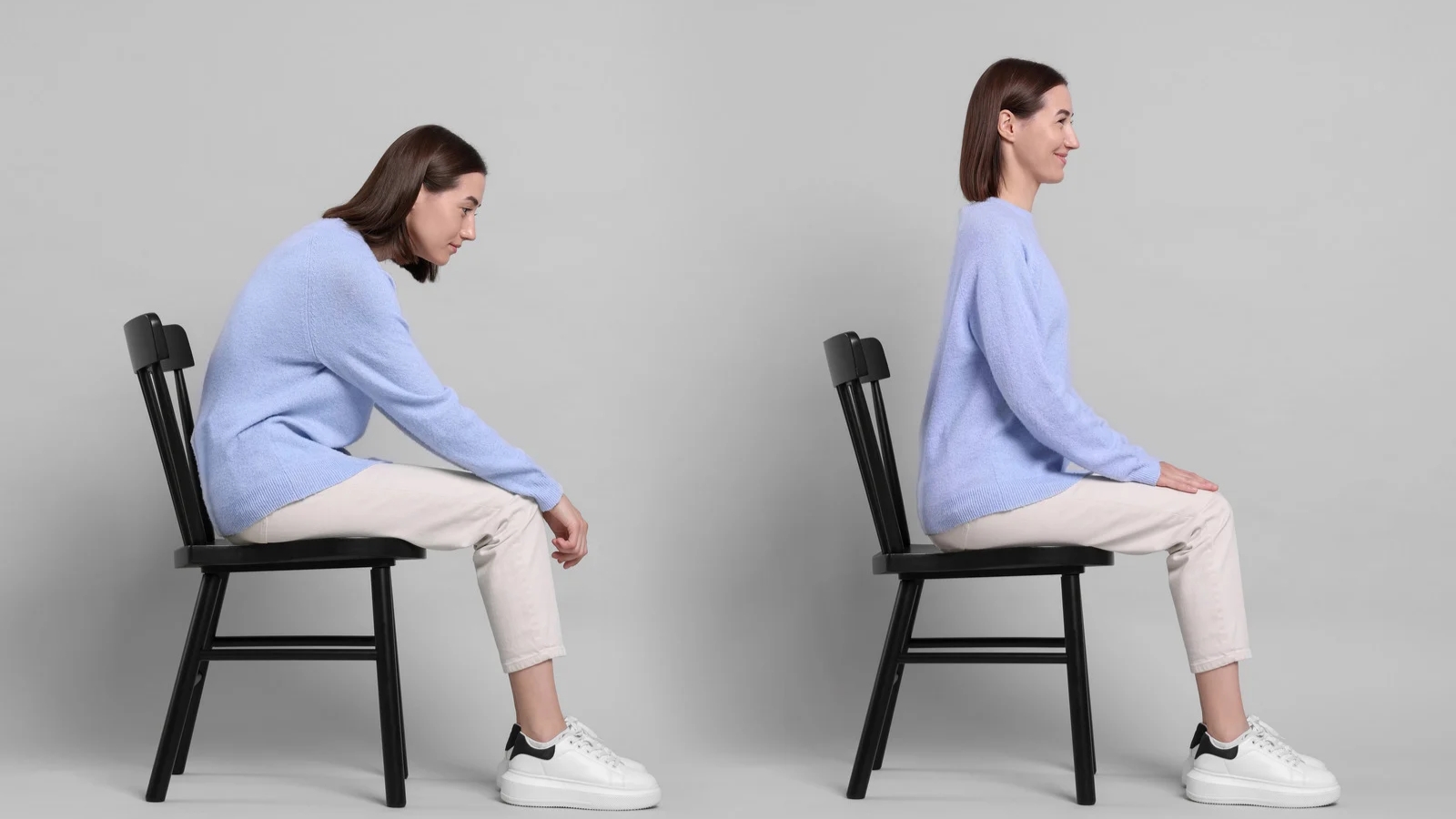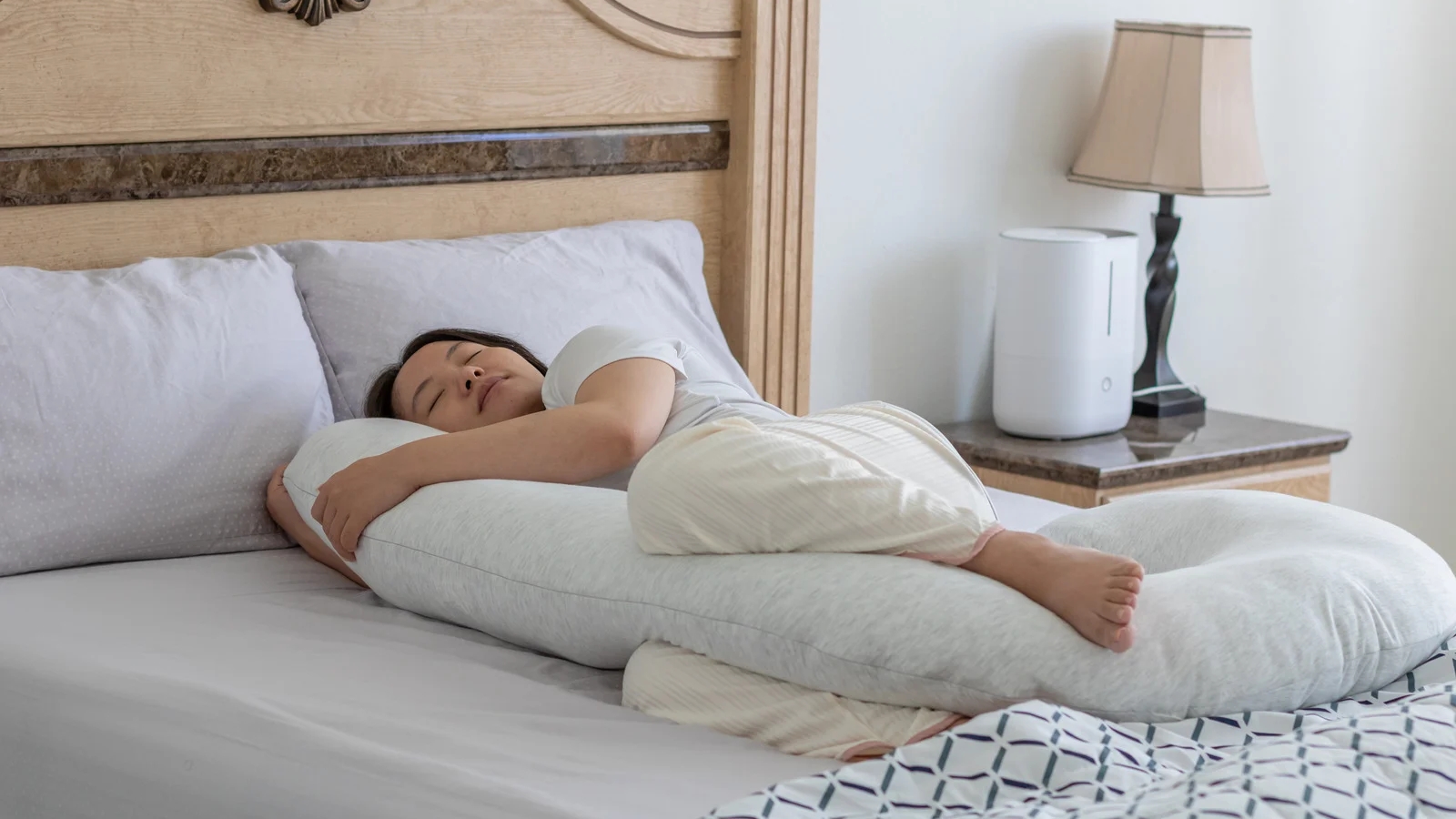A healthier spine and better posture can reduce discomfort, improve movement, and support your overall well-being. The spine is the central support for your body, and posture affects how well it functions. This guide offers practical tips you can start using today to protect your spine and stand taller with ease.
You will learn about daily habits, exercises, and ergonomic adjustments that keep your back strong and aligned. These nine strategies are simple to integrate into your routine and do not require special equipment.
1. Maintain a Neutral Spine
A neutral spine keeps your natural curves in balance and reduces strain on muscles and joints. This position supports your head, shoulders, and hips in proper alignment.
To maintain a neutral spine:
- Stand with your feet hip-width apart
- Keep your shoulders relaxed and down
- Distribute weight evenly between both feet
- Engage your core lightly to support your lower back
Practice holding this posture during daily activities, including walking, sitting, and lifting.
2. Strengthen Your Core Muscles
A strong core supports your spine and helps maintain good posture without strain. Your core includes the abdominal, back, and pelvic muscles.
Core-friendly exercises include:
- Planks on elbows or hands
- Bird-dog movements on hands and knees
- Dead bug exercise while lying on your back
- Side planks for oblique strength
Perform these exercises with slow, controlled movements. Focus on breathing and keeping your spine stable.
3. Use Ergonomic Seating
The way you sit affects your spinal health. Chairs that support the lower back can reduce tension and promote better posture.
To set up your seat for comfort:
- Keep both feet flat on the floor
- Sit back so your lower back is supported
- Adjust your chair height so your knees are level with your hips
- Keep your screen at eye level to avoid leaning forward
If your chair lacks lower back support, use a small cushion or rolled towel.
4. Take Movement Breaks
Sitting for long periods can stiffen your muscles and strain your spine. Regular breaks help your body reset and reduce tension.
Ideas for movement breaks:
- Stand and stretch every 30–60 minutes
- Walk around the room or outside for a few minutes
- Do shoulder rolls to release upper back tightness
- Stretch your arms overhead to lengthen your spine
These small breaks can improve circulation and reduce stiffness.
5. Lift Objects Safely
Lifting with poor form can strain your back and cause injury. Protect your spine by using the proper technique.
Safe lifting tips:
- Stand close to the object
- Bend at your hips and knees, not your waist
- Keep your back straight while lifting
- Hold the object close to your body
- Avoid twisting while carrying a load
If the object is too heavy, ask for help or use equipment to move it.
6. Sleep in a Spine-Friendly Position
Your sleeping position affects how your spine rests and recovers. Choose a position that keeps your back aligned and supported.
Good options include:
- Sleeping on your back with a pillow under your knees
- Sleeping on your side with a pillow between your knees
- Using a mattress that supports your natural curves
Avoid sleeping on your stomach for long periods, as it can twist your neck and lower back.
7. Stretch for Flexibility
Stretching improves flexibility and reduces tension around the spine. A regular stretching routine can make it easier to maintain good posture.
Effective stretches include:
- Cat-cow stretch to mobilize the spine
- Seated forward fold for the lower back
- Chest openers to release tight shoulders
- Side bends to stretch the waist and back
Stretch slowly and avoid forcing your body into uncomfortable positions.
8. Wear Supportive Footwear
Your feet provide the base for your posture. Shoes that support your arches can improve alignment and reduce strain on your spine.
Look for:
- Cushioned soles
- Proper arch support
- A comfortable fit without pinching
If needed, use orthotic inserts for extra support. Avoid high heels for extended periods, as they can shift your posture forward.
9. Stay Active Daily
Regular activity strengthens muscles, improves flexibility, and supports spinal health. A mix of cardio, strength, and stretching keeps your body balanced.
Good activities for spine health include:
- Walking or light jogging
- Swimming for low-impact movement
- Yoga for posture awareness
- Pilates for core strength
Aim for at least 30 minutes of movement most days of the week.
Conclusion
A healthier spine and better posture come from consistent habits that protect and support your body. Small changes in how you sit, stand, move, and sleep can reduce strain and improve alignment.
By focusing on core strength, proper lifting, ergonomic adjustments, and regular activity, you can keep your spine strong and your posture balanced. These daily practices help you move with greater comfort and confidence.



